Weekly Index
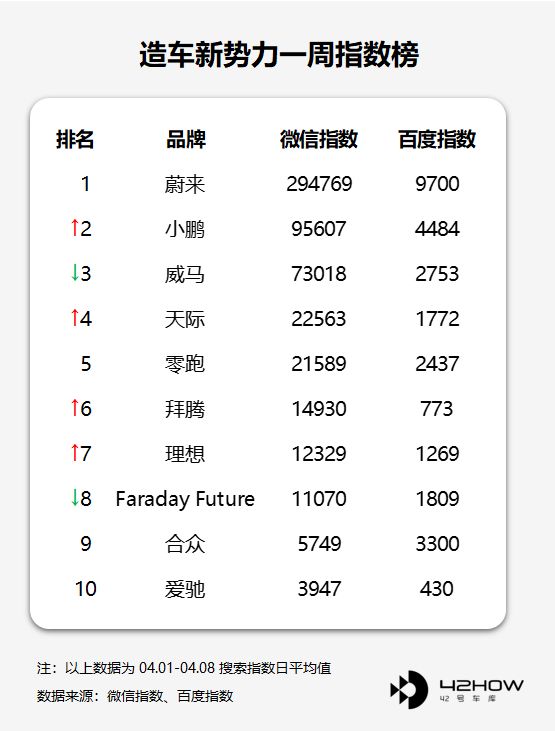
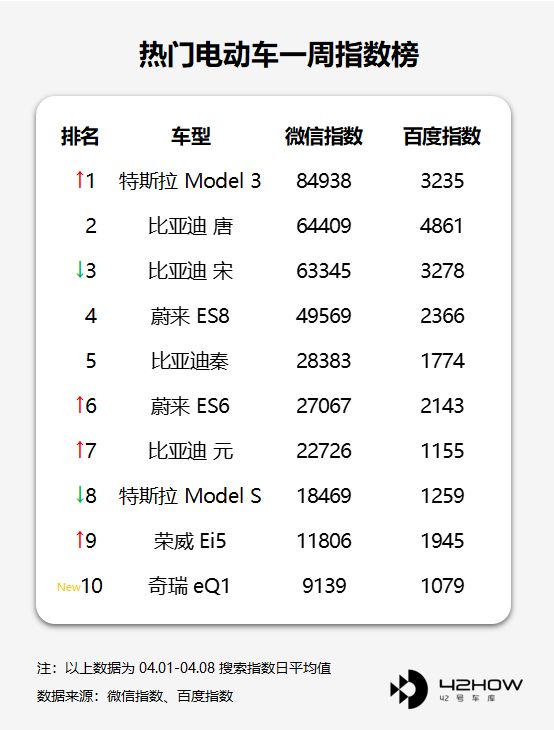
Weekly News
Fiat Pays Hundreds of Millions of Euros to Tesla to Purchase Emission Credits
On April 7th, according to foreign media, Fiat Chrysler (FCA) announced that it has reached a cooperation agreement with Tesla to avoid being fined by the EU for exceeding carbon dioxide (CO2) emissions. In order to lower the average vehicle CO2 emissions, Fiat needs to incorporate sales quotas of some Tesla models into its own product lineup, and has paid hundreds of millions of euros to Tesla for this purpose.
In 2018, the average CO2 emissions of Fiat Chrysler automobiles sold in Europe were 123 grams per kilometer. In 2019, the EU average emissions standard for automobiles is 95 grams per kilometer.
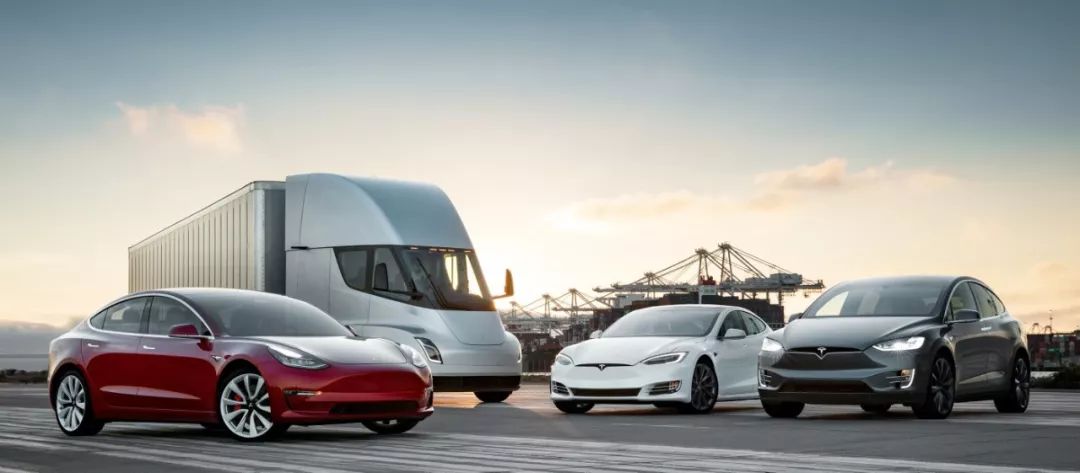
Comment: For Fiat, if they do not develop lower-emission engines or launch some pure electric models to lower the average emissions value, they will inevitably spend more money to cope with legal regulations. As for Tesla, they started selling emission credits to traditional automakers since 2017 and have already earned more than one billion US dollars.
NIO Announces Delivery Data for Q1, Delivering a Total of 3,989 ES8s
On April 2nd, NIO officially announced the sales of ES8 in Q1 2019. In January, 1,805 ES8 were delivered, in February, 811 were delivered, in March, 1,373 were delivered, and a total of 3,989 ES8 were delivered in Q1. NIO has delivered 15,337 ES8s in total.
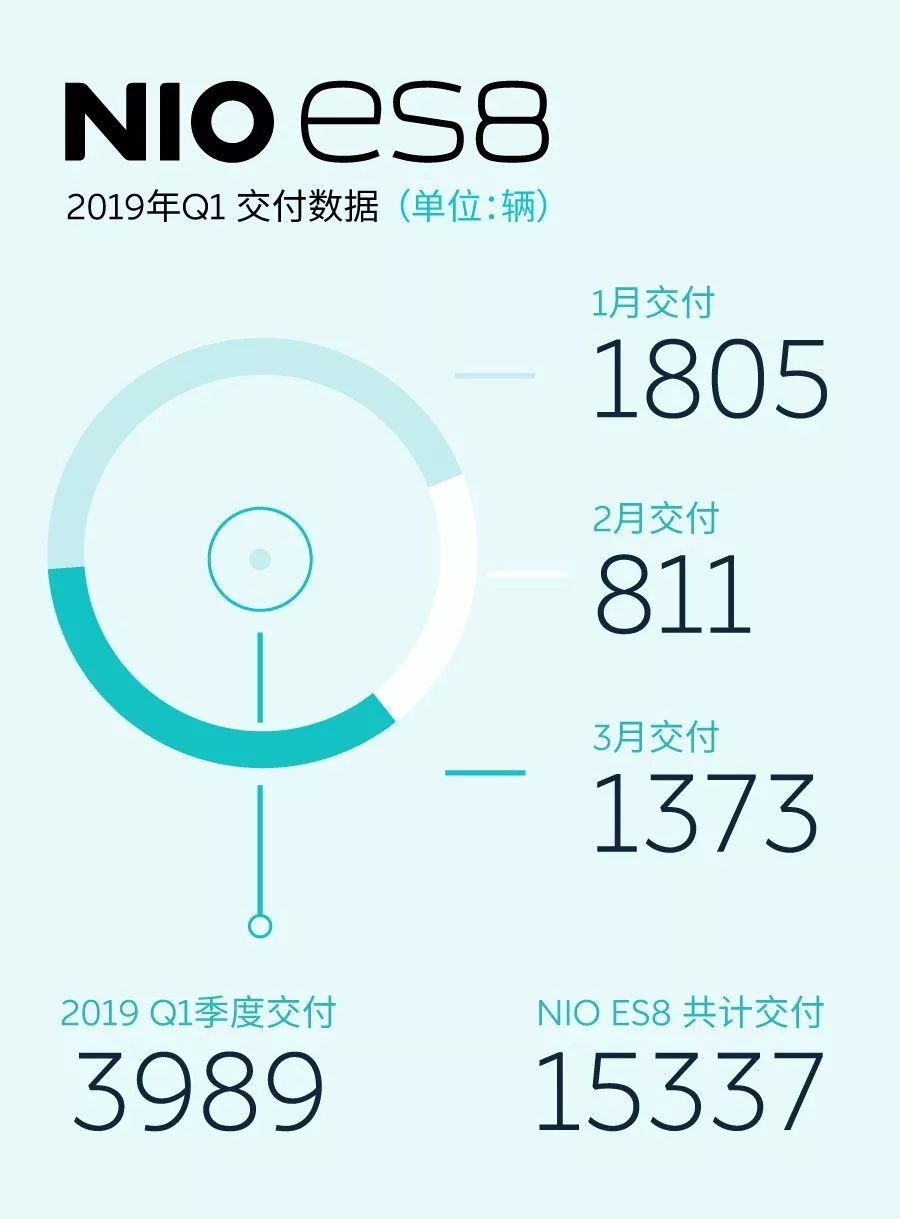 > Quick Review: Currently, the delivery volume of ES8 seems stable. After the new subsidy policy was announced at the end of March, NIO also released its corresponding plan. The subsidy amount during the transition period has decreased compared to 2018, and the sales of ES8 may experience a significant decline after the new policy takes effect on June 25. However, ES6 will begin delivery, and it should not have a significant impact on NIO. According to NIO staff, the pre-order volume of ES6 is good after opening the payment channel on April 1.
> Quick Review: Currently, the delivery volume of ES8 seems stable. After the new subsidy policy was announced at the end of March, NIO also released its corresponding plan. The subsidy amount during the transition period has decreased compared to 2018, and the sales of ES8 may experience a significant decline after the new policy takes effect on June 25. However, ES6 will begin delivery, and it should not have a significant impact on NIO. According to NIO staff, the pre-order volume of ES6 is good after opening the payment channel on April 1.

XPeng Motors Names its Second Model P7
On April 4, XPeng Motors revealed that its second model will be named P7 (internal code E28), positioned as an electric coupe and will be officially released at the 2019 Shanghai Auto Show.
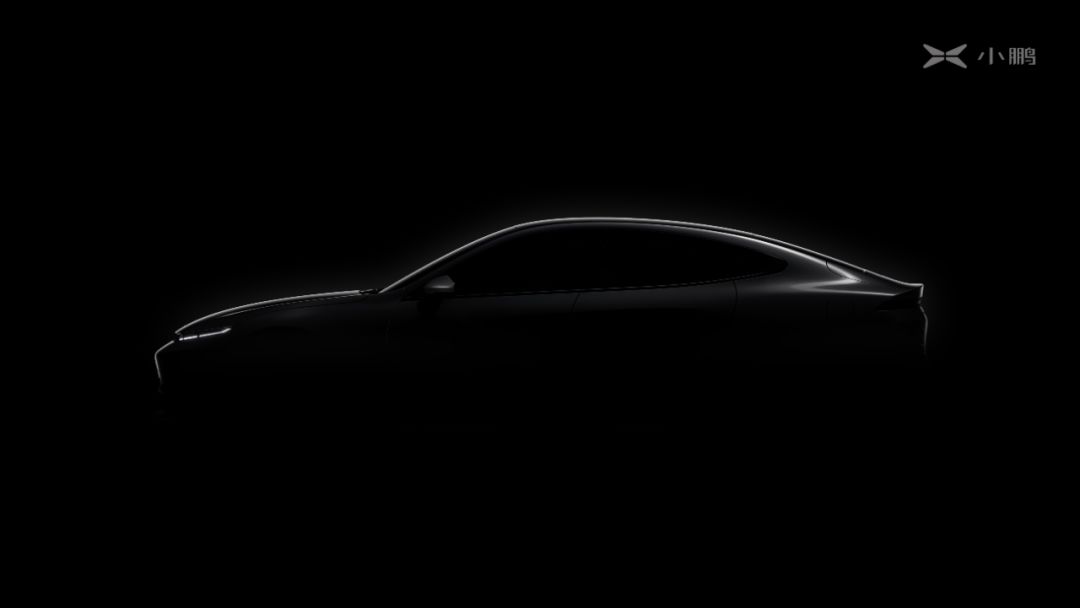
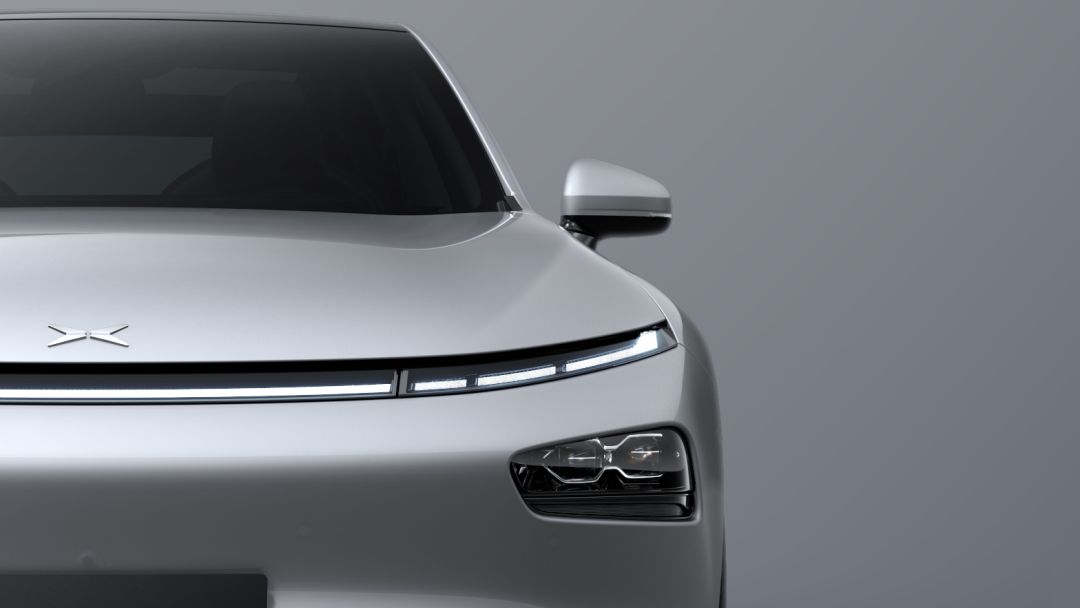
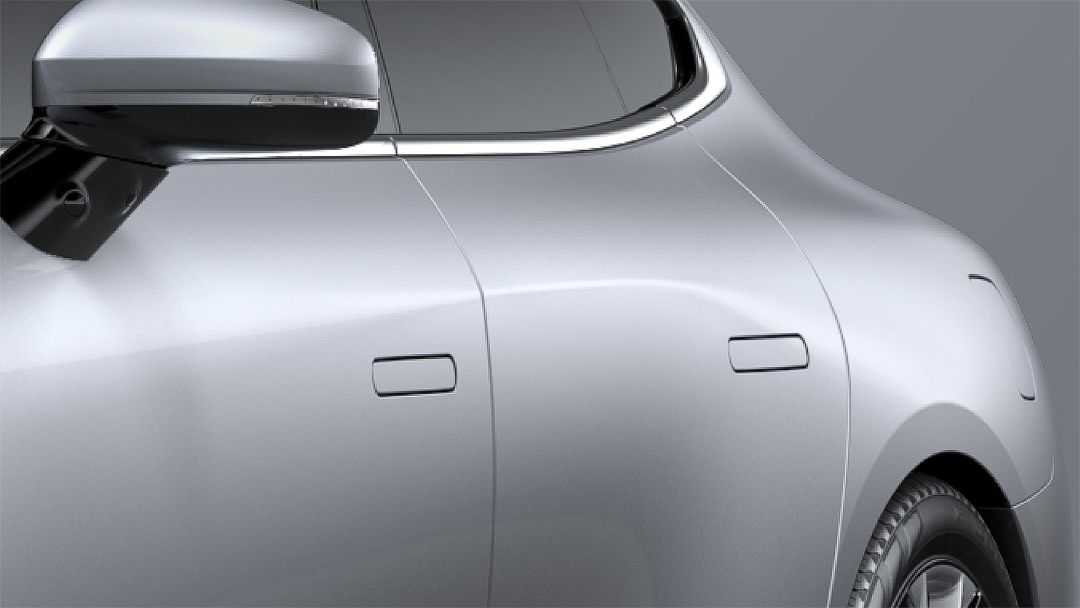
Quick Review: The biggest highlight of XPeng P7 is the Nvidia DRIVE Xavier autopilot system chip. This chip is an upgraded version of Drive PX2 with a significant increase in computing power. I’m most looking forward to how XPeng will utilize this chip. In addition, after launching SUV models, new energy vehicle startups seem to have begun to consider making cars. Similarly, the ET7 from NIO, also a car model, will be unveiled at the Shanghai Auto Show.
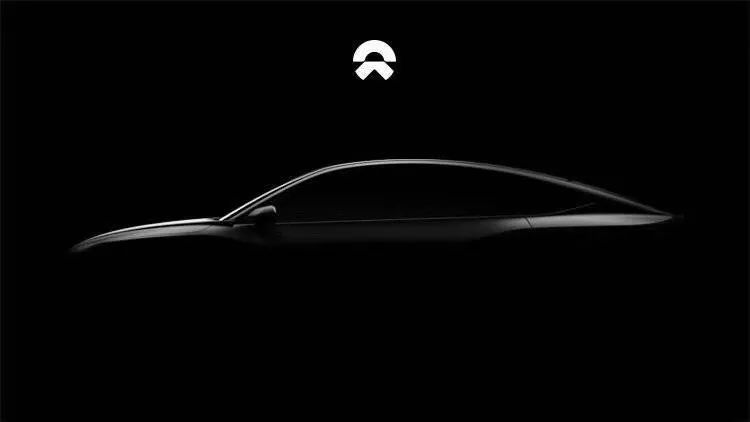
Faraday Future’s New Model Exposed
On April 4, Faraday Future Founder Jia Yueting posted a GIF on Weibo and stated that this is the new model V9 from FF.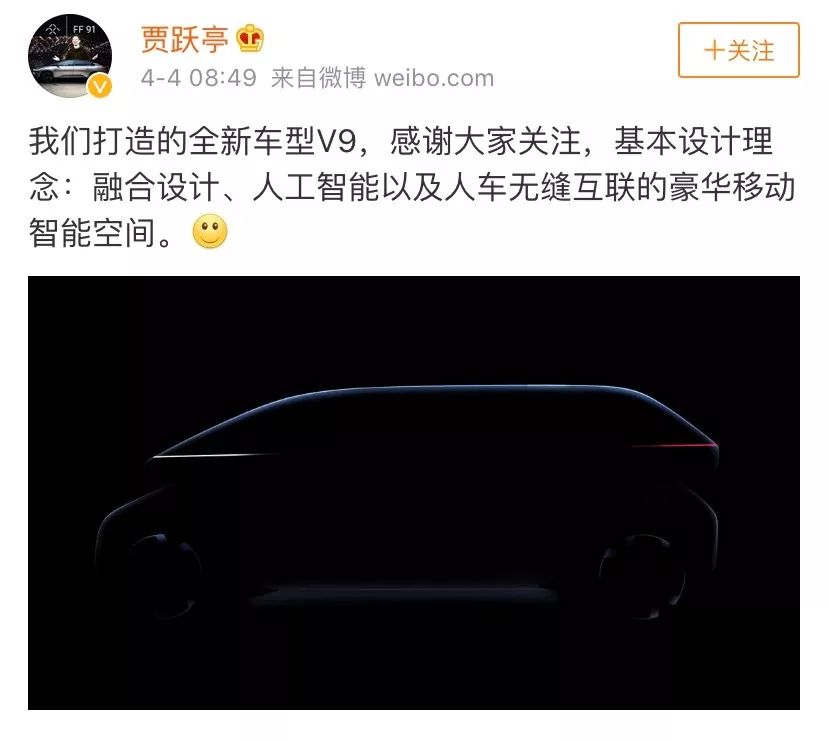
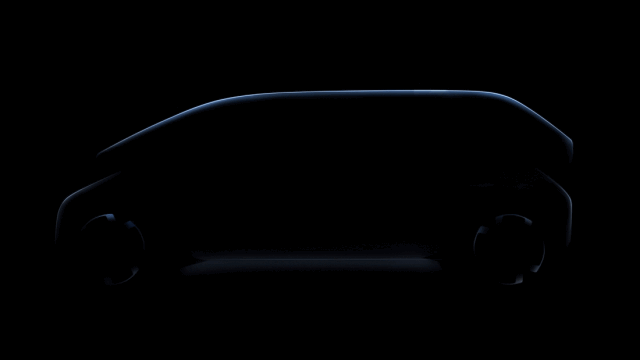
QuickComment: Mr. Jia, who is suffocating for his dream, is really amazing. Now, he doesn’t even make a PPT and just uses a GIF. Will the next car be directly in txt? But from the GIF, the appearance of V9 is still very sci-fi, but now FF 91 and FF 81 still have no trace, so V9 is even farther away from us.
Audi e-tron EPA results released, data frozen at 204 miles
On April 4th, Audi officially announced the range of e-tron under EPA conditions, which is only 204 miles (328 kilometers).
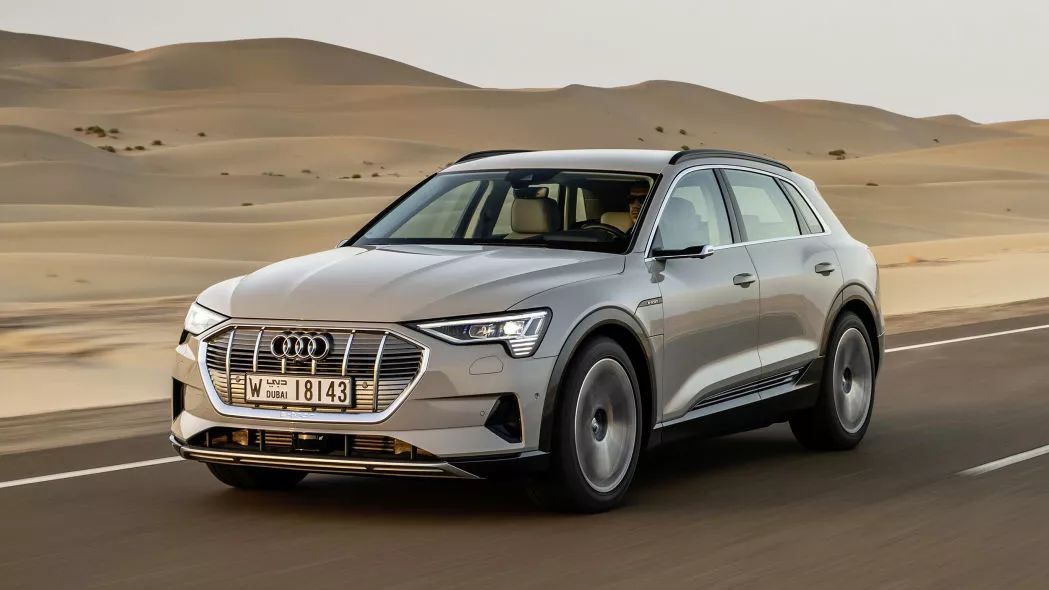
Audi e-tron is Audi’s first electric vehicle built on a pure electric platform. The battery capacity is 95 kWh. It is expected to start delivering to US users in May this year and will be imported into China in 2019. Domestic production will begin in 2020.
QuickComment: It must be said that Audi e-tron’s power consumption control is too poor. A 95-degree (actually available 83.6 degrees) battery can only run 204 miles (328 kilometers) under EPA conditions… The Tesla Model X EPA range of the 60 degree battery, with an actual available capacity, is 200 miles (321 kilometers), and the range for the 100-degree battery is 295 miles (474 kilometers). It is very difficult to compete with new energy vehicle makers at this level. The 20,000 orders worldwide are likely due to the Audi brand…
Volkswagen tests L4 autonomous driving in Germany
On April 4th, Volkswagen put 5 unmanned test cars on the streets of Hamburg, Germany. These cars are based on the Volkswagen e-Golf (electric version of Golf), equipped with 11 LiDARs, 7 radars and 14 cameras, which can achieve L4 level autonomous driving and V2X function.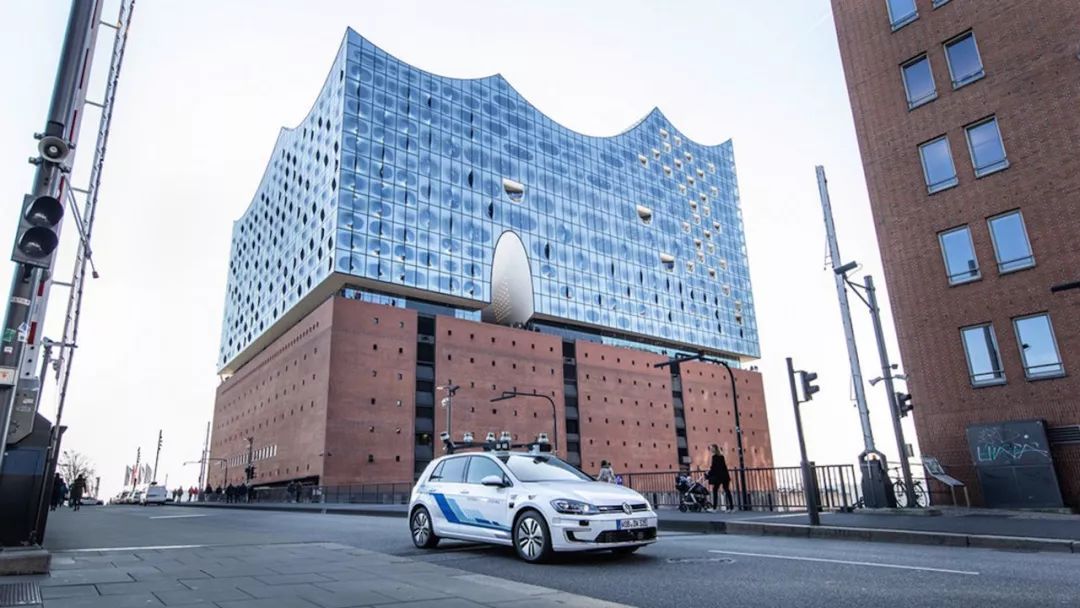
Hamburg is currently building a 9-kilometer-long automated and Internet driving digital test bed, which is planned to be completed in 2020. Roadside hardware can exchange data with vehicles. Automatic driving can be better achieved based on roadside devices, while also improving traffic congestion.
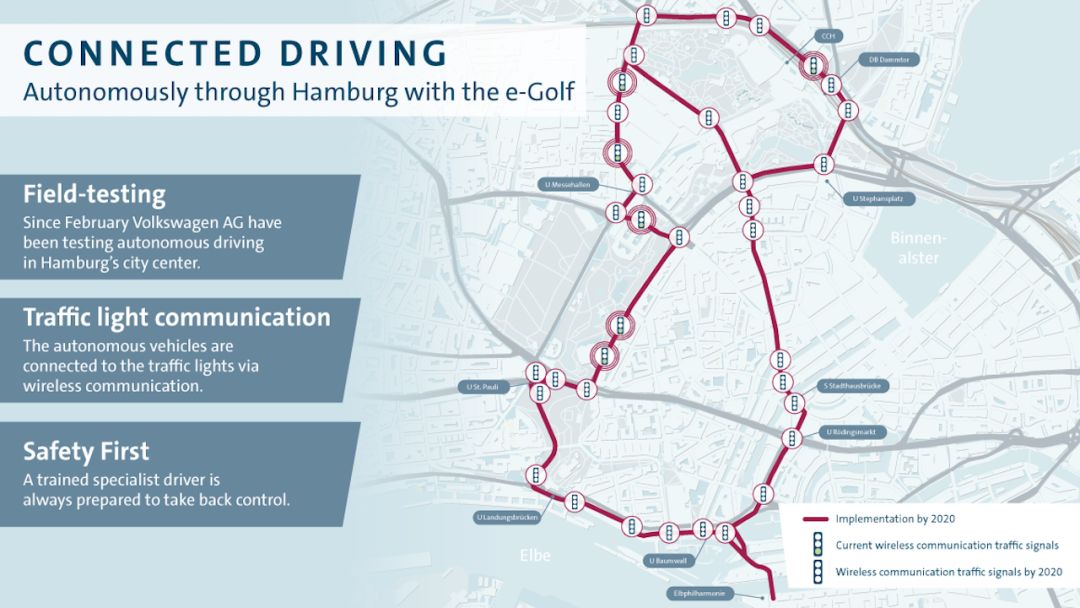
Comment: Waymo from the United States is currently the top one in the field of automatic driving, and the second one is Cruise under General Motors. Although they have already achieved a relatively low accident rate, the high cost of laser radar makes this technology still far from being put into use.


“`
This article is a translation by ChatGPT of a Chinese report from 42HOW. If you have any questions about it, please email bd@42how.com.

